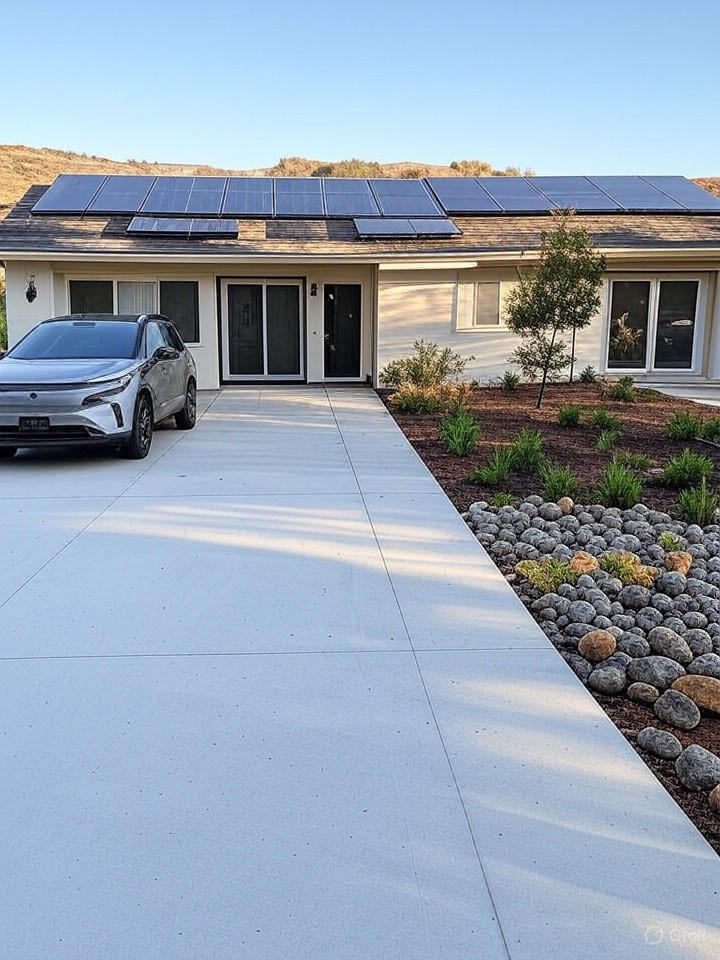In the face of escalating federal pressures on renewable energy initiatives, California has emerged as a testing ground for innovative strategies to circumvent potential policy rollbacks under the Trump administration. A recent success in the state’s energy sector highlights how distributed resources could shield local green efforts from national directives aimed at prioritizing fossil fuels. Specifically, California’s largest trial of virtual power plants (VPPs)—networks of residential batteries, smart appliances, and electric vehicles that collectively function like a traditional power plant—demonstrated remarkable efficacy in stabilizing the grid during peak demand.
The test, conducted amid sweltering summer heat waves, involved aggregating thousands of household devices to reduce electricity usage by over 100 megawatts, equivalent to powering tens of thousands of homes. This not only averted blackouts but also showcased VPPs as a scalable alternative to centralized fossil fuel plants, which the administration has vowed to bolster through deregulation.
As federal policies shift toward easing restrictions on coal and natural gas, California’s approach leverages technology to decentralize power generation, potentially insulating the state from mandates that could dismantle clean energy subsidies or impose tariffs on imported solar components.
Industry experts note that VPPs operate by incentivizing consumers to adjust usage via apps and automated systems, effectively turning everyday homes into mini-generators. In this trial, participants received credits on their bills, fostering widespread adoption. According to details reported in Yahoo News, the initiative was spearheaded by utilities like Pacific Gas & Electric, in collaboration with tech firms specializing in energy management software.
This model contrasts sharply with Trump’s stated agenda, which includes revoking waivers that allow California to set stricter emissions standards than federal baselines. Separate coverage in Yahoo News reveals the Environmental Protection Agency’s proposed rules targeting California’s vehicle emissions framework, mentioned 27 times in draft documents, signaling a direct confrontation.
While the administration’s focus on rolling back Obama-era clean power plans intensifies, California’s VPP success underscores a broader strategy of building resilient, localized energy networks that operate independently of federal oversight, potentially setting a precedent for other progressive states.
Critics within the energy sector argue that such decentralization could fragment the national grid, but proponents counter that it enhances reliability and reduces transmission losses. The trial’s data, analyzed by state regulators, showed a 20% improvement in peak-load management compared to traditional methods, drawing interest from investors eyeing scalable clean tech.
Moreover, this development aligns with California’s ongoing legal battles against federal overreach. As noted in another Yahoo News piece, the state has filed its 37th lawsuit against the Trump administration, this time over restrictions on gender-affirming care, illustrating a pattern of resistance that extends to environmental policies.
By integrating VPPs into its grid infrastructure, California is not only countering potential renewables crackdowns but also pioneering a model that could influence global energy markets, where distributed systems are gaining traction amid climate imperatives.
Looking ahead, energy insiders anticipate that scaling VPPs will require robust policy support at the state level, including incentives for battery storage and smart grid upgrades. With Trump’s team vowing to intensify scrutiny on California’s initiatives, as per insights from Yahoo News, the state’s proactive stance may inspire similar innovations elsewhere, ensuring that renewable progress persists despite federal headwinds.
Ultimately, this VPP triumph positions California as a bulwark against policy reversals, blending technological ingenuity with regulatory agility to sustain its clean energy ambitions.




 WebProNews is an iEntry Publication
WebProNews is an iEntry Publication